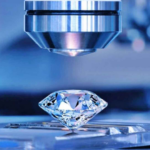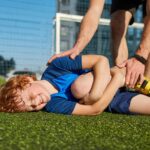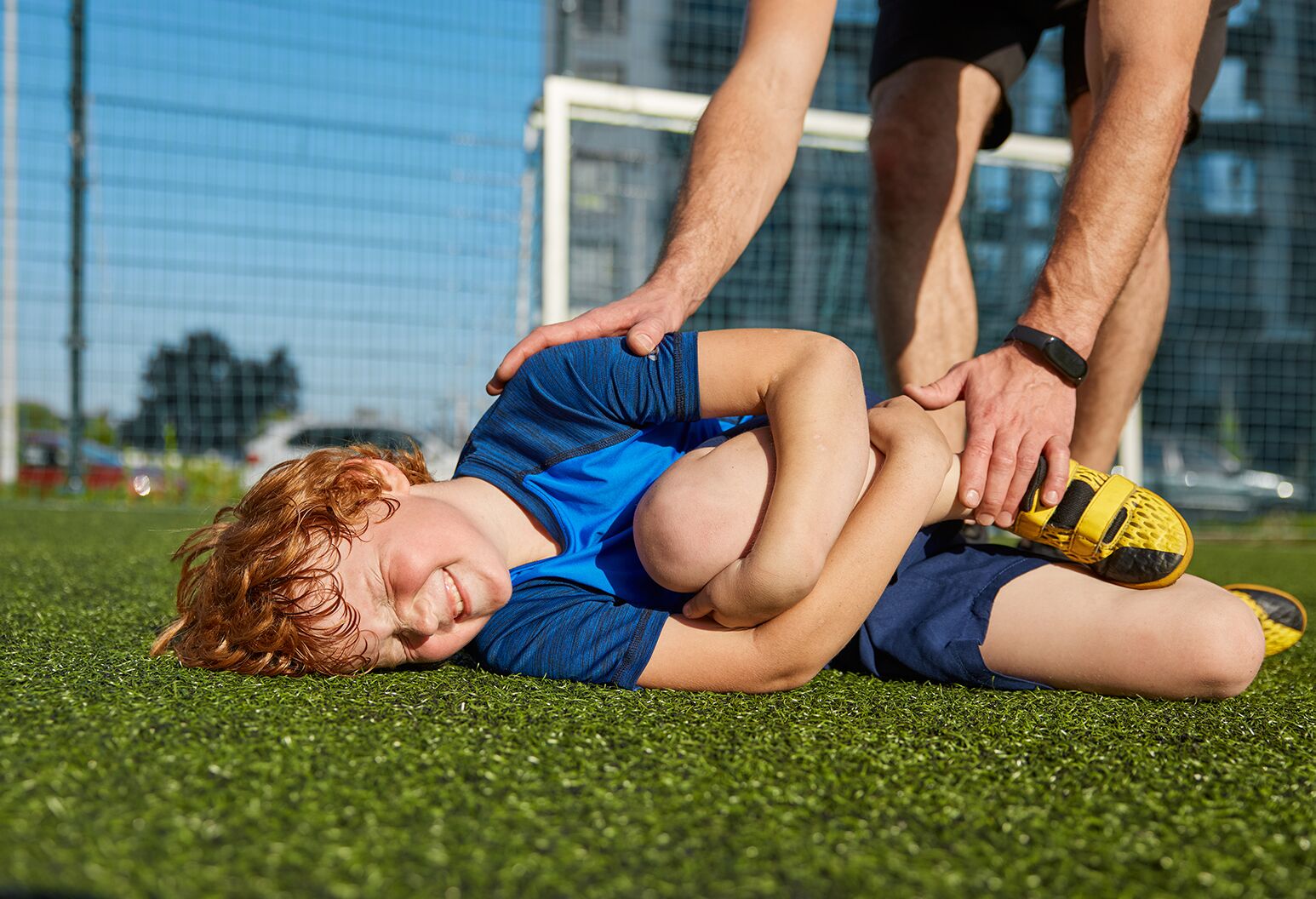Treatment of anterior cruciate ligament (ACL) injuries in children is convoluted by development plates. However, numerous nonsurgical and careful arrangements exist for treating the ACL without influence on the child’s knee development.
What are ACL tears in children and how would they happen?
As children grow up, they become more dynamic and can injure their anterior cruciate ligament (ACL), which assumes a significant part in the knee’s development and strength.
ACL injuries and tears are among the most widely recognized knee injuries and can happen in children, youngsters and adults. During recent many years, there has been an ascent in ACL injuries among more youthful individuals.
The most frequent sort of ACL injury is a finished ACL tear — the ligament isolates into two pieces or is detached the bone. ACL injuries are frequently joined by injuries to different pieces of the knee, for example, meniscus tears and injuries and harm to other ligament and ligaments.
Because of differences in anatomy and mechanics, young ladies are two to multiple times more liable to tear an ACL than young men.
How can a child tear the ACL?
ACL injuries commonly happen when children play sports, like football, b-ball or soccer, or partake in different exercises that increase stress on the knee. There are numerous ways a child can injure the ACL, including:
-
Landing incorrectly from a leap.
-
Turning with one foot solidly planted or suddenly heading in a different path.
-
Out of nowhere halting or dialing back while running.
-
Direct contact or hit to the knee, for example, a head protector to the knee during a football tackle.
Are ACL injuries in children different than adult ACL injuries?
A child’s body isn’t just a more modest rendition of an adult’s body. There are physical and different differences between the two, which might influence the injury’s seriousness and the treatment approach.
The essential difference is development. Children who are developing have an area toward the finish of their long bones called physis (development plate), which permits the unresolved issues. This area is defenseless during both injury and treatment, on the grounds that the ACL is joined to the finishes of the thigh and shin bones. A fracture of the physis is remarkable, however one of the elements can make an ACL injury more severe in a child than in an adult. More generally, the physis is injured when involving standard adult careful strategies for ACL treatment in children. Surgery strategies should be adjusted to assist with guaranteeing the treatment doesn’t influence the child’s development.
Different contemplations incorporate the mending capability of the injuries that go with the ACL tear. The meniscus has more blood stream in more youthful children, so mending potential is greater than for adults. Each endeavor should be made to repair the torn meniscus in children as opposed to remove it. Fractures including ligament connected to bone are additionally more prone to recuperate in children and, therefore, should be repaired. Preserving both the meniscus and ligament can assist with preventing early joint pain in children with ACL injuries.
Are ACL injuries in children different than adult ACL injuries?
A child’s body isn’t just a more modest form of an adult’s body. There are physical and different differences between the two, which might influence the injury’s seriousness and the treatment approach.
The essential difference is development. Children who are developing have an area toward the finish of their long bones called physis (development plate), which permits the unresolved issues. This area is powerless during both injury and treatment, in light of the fact that the ACL is connected to the closures of the thigh and shin bones. A fracture of the physis is exceptional, however one of the elements can make an ACL injury more severe in a child than in an adult. More normally, the physis is injured when involving standard adult careful strategies for ACL treatment in children. Surgery methods should be altered to assist with guaranteeing the treatment doesn’t influence the child’s development.
Different contemplations incorporate the mending capability of the injuries that go with the ACL tear. The meniscus has more blood stream in more youthful children, so mending potential is greater than for adults. Each endeavor should be made to repair the torn meniscus in children as opposed to remove it. Fractures including ligament appended to bone are additionally more prone to recuperate in children and, therefore, should be repaired. Preserving both the meniscus and ligament can assist with preventing early joint pain in children with ACL injuries.
ACL Tear Prevention in Children
While certain injuries cannot necessarily in every case be prevented, there are many times ways of reducing the gamble. ACL injury prevention requires a comprehensive exertion from competitors, mentors and parents — particularly for youthful competitors who are as yet finding out about their cutoff points. Since more than 70% of ACL injuries are noncontact injuries, adopting a proactive strategy to preparing can have an effect and keep children in the game.
Preparing projects to reduce the injury risk center around further developing strength, equilibrium, coordination and muscle control, as well as on rehearsing appropriate body mechanics relying upon the game. A child learns correct running, bouncing and landing procedures to strengthen the hips, core and hamstrings.
Children should be urged to broadly educate and to play different games to practice various muscle gatherings and cutoff abuse of any area.
Empowering a solid way of life through a blend of beneficial routines, an even eating regimen, a sound weight and great cardiovascular wellbeing can likewise assist with bringing down the gamble of injuries.
Re-Injury preventionChildren who have torn an ACL are at higher gamble of having a second ACL tear in something similar or inverse knee. However five out of six children at no point ever have ACL issues in the future, one out of six children will have another ACL injury.
After an ACL tear and surgery, it is vital to hold on until the knee is completely recovered, at about the nine-month point, before returning to previous action levels. In the long haul, it is vital to keep up with the strength and molding in the two knees acquired from ACL rehabilitation.
Relevant Content Search:
injuries |
do babies have acls |
pediatric acl repair |
long-term effects of acl tear without surgery |
some injuries can only be corrected surgically. |
acl xray |
acl injuries |
acl injuries hurting soccer |
how to prevent acl injuries |
how to prevent acl injuries in females |
3 reasons why females are more prone to acl injuries |
acl injuries are soccer |
famous players with acl injuries |
acl injuries are hurting |
acl injuries are hurting soccer |
why are acl injuries so common |
acl injuries in dogs |
nfl acl injuries |
acl injuries in sports |
nfl acl injuries 2023 |
acl injuries in female athletes |
acl injuries soccer |
soccer players with acl injuries |
famous female soccer players with acl injuries |
how long do acl injuries take to heal |
female acl injuries |







